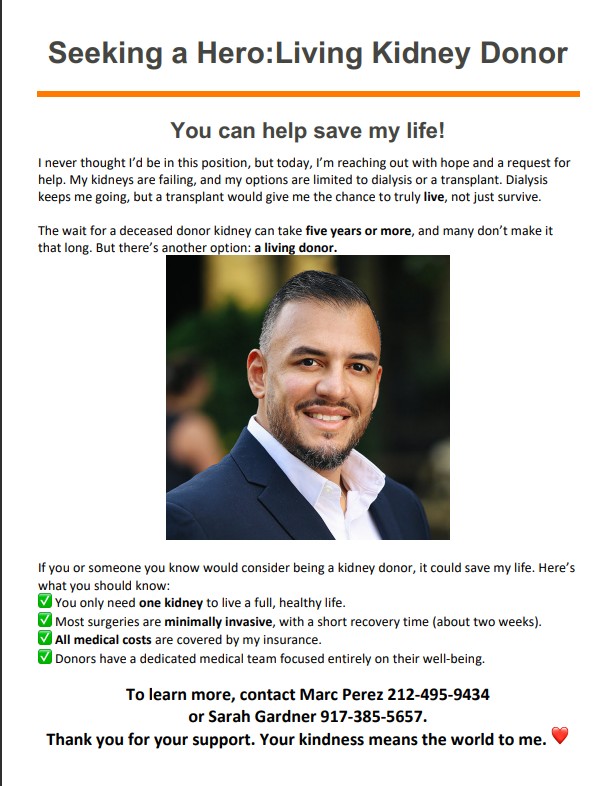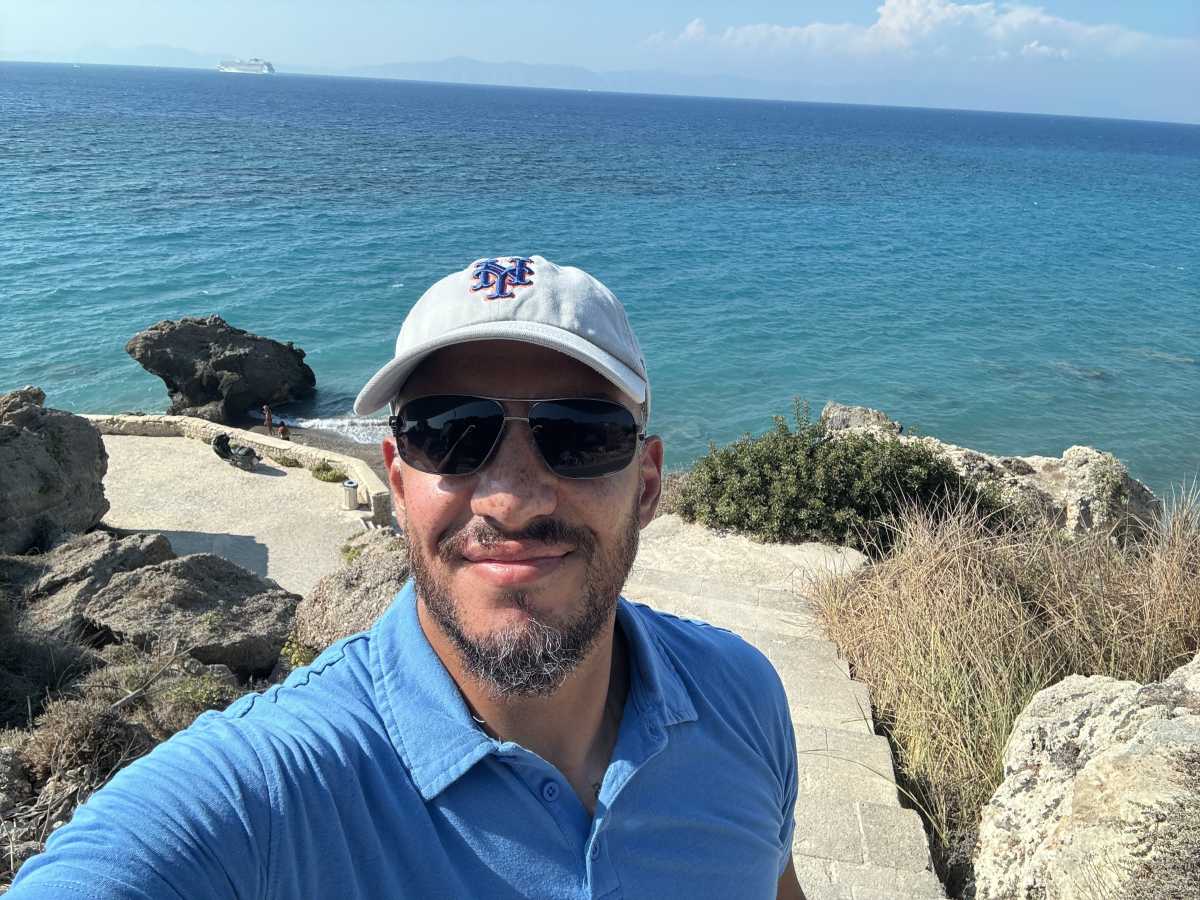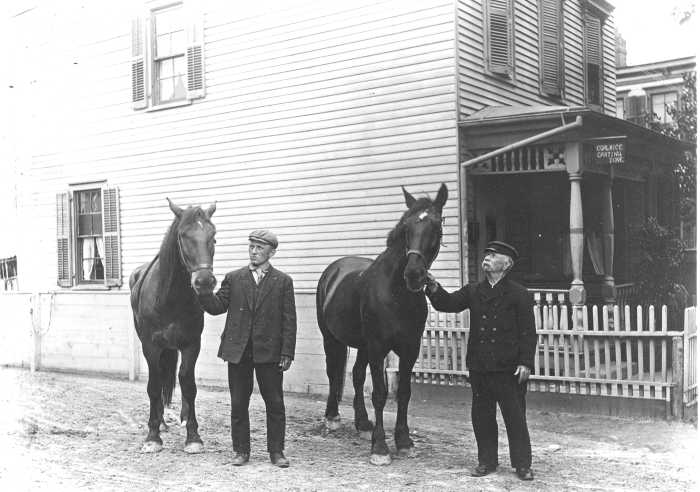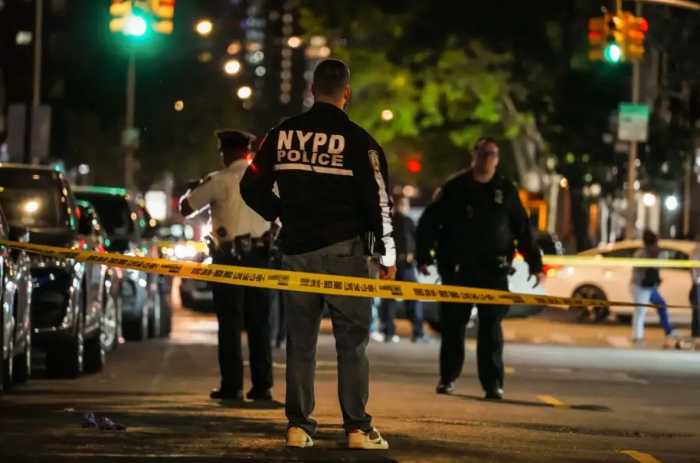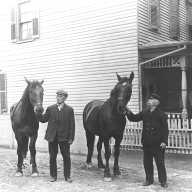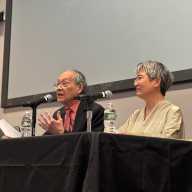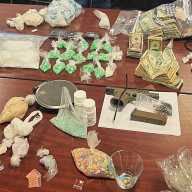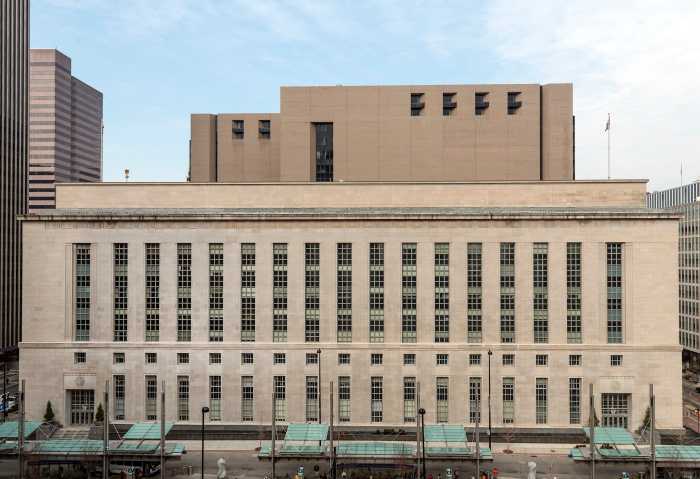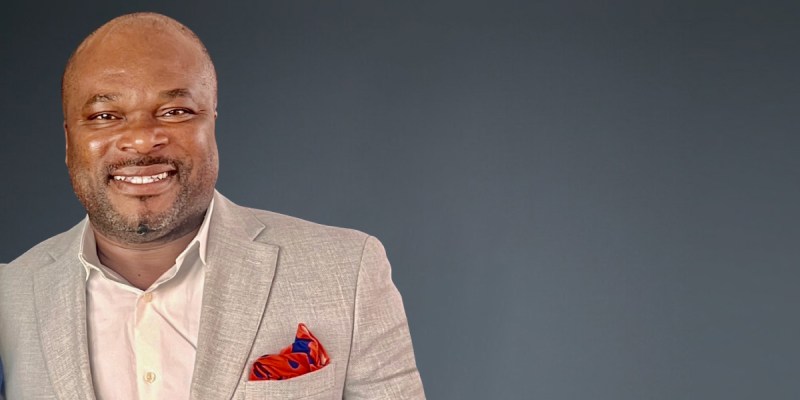A Queens resident is hoping for the ultimate gift from a compassionate stranger — the gift of life.
Marc Perez, 40, a Bayside local, is in need of a lifesaving kidney transplant from a living donor after being diagnosed with a chronic, incurable kidney disease.
In 2009, Perez learned he had advanced IgA Nephropathy, a condition in which an excess buildup of IgA antibodies leads to inflammation and long-term damage in the kidneys. Over time, the disease causes kidney function to decline, eventually resulting in kidney failure and the need for dialysis or a transplant.
Perez said the first signs that something was wrong came in the form of relentless headaches. “At the time, I didn’t want to see a doctor — I thought it would just go away,” he recalled. “But I basically had a headache that wouldn’t go away for almost a week, and my blood pressure was so high.”
Since his diagnosis, Perez has worked closely with a nephrologist and made significant lifestyle changes to manage his condition — staying physically active, avoiding alcohol, and adhering to a strict medication regimen.
But despite those efforts, his condition worsened. In 2024, his kidney function dropped to just 10%, forcing him to begin dialysis treatments last September at the New York Presbyterian Hospital’s Trude Weishaupt Satellite Dialysis Center.
Now, Perez is appealing to the community and beyond for a living kidney donor who can give him a second chance at life.

“I do dialysis three times a week right now. I do it on Monday, Wednesday, and Friday nights. I go from 6:30 p.m. to 10:30 p.m. because that’s the only shift I do that doesn’t interfere with my work,” he said. Perez describes dialysis as a grueling process. He spends 15 hours a week undergoing dialysis, and often, there are many physical symptoms.
“Basically, they’re extracting blood and fluid, filtering it, and putting it back into your body. And during the process, it can be tough on the body as you get dehydrated very quickly. Your blood pressure can go down, you can get dizzy or nauseous, you can have headaches, and sometimes you get cramps in the middle of treatment if your hydration gets too low,” he said.
Work is what keeps Perez positive. He’s passionate about his career in the tech industry, and he feels content working in his current role as an account executive for enterprise sales at Comcast Business. “ Honestly, I like what I do. Work is one of the things I look forward to every Monday morning,” he said. “I found something that I’m good at, something that matters, and it’s helpful and it’s relevant to companies and, you know, it allows me to earn a good living,” he said.
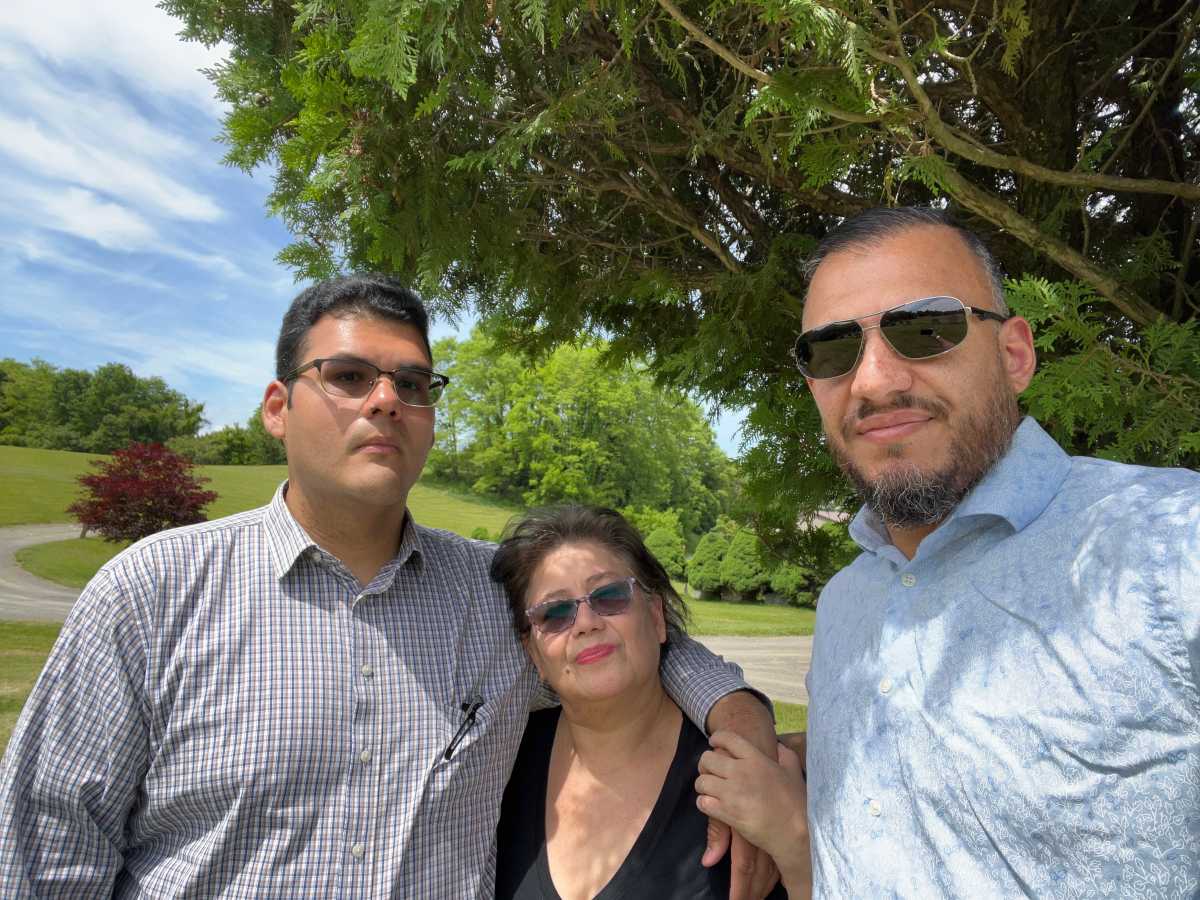
Perez also has a tight-knit relationship with his younger brother Eric and mother Sophia, who are also Queens residents. Perez’s family was eager to donate their kidney to him, but he explained they were not medically eligible for the surgery.
Prior to starting dialysis, Perez was an avid Brazilian Jiu-Jitsu hobbyist. He started training in 2019 and resumed after the COVID-19 pandemic. He found a gym family at the Renzo Gracie gym in Bayside, training up to six days a week, and competed successfully in local competitions.

In starting dialysis, Perez had to make the difficult decision to quit the hobby that he loved, to maintain his safety as he undergoes treatment. “ It’s one of my favorite hobbies, and it definitely changed my life for the better,” he said. “ I did pretty well, fairly early on, especially in the white belt level competitions, and I won a few different tournaments. I have some gold medals,” Perez said. “ I’d love to go back to training Brazilian Jiu-Jitsu, and I want to train Judo eventually. I don’t know if competition will be practical, but even if it’s just passive regular training… the camaraderie of getting back on the mat, the guys, I miss it so much and I’d love to go back,” he said.
For Perez, a living kidney donation would be life-changing. He would be able to live without undergoing constant dialysis, continue the sport that he loves, and plan for his future. “ I have a lot of goals about what I want to do with my life,” he said. “Just the chance to kind of, eventually get married and have a family and have children, those are things I look forward to,” he said.
Perez explained that living kidney donation is actually a straightforward process. Potential donors would undergo multiple health screenings to determine compatibility, and recovery time is typically two weeks to a month. Donors also continue with follow-up visits to confirm overall health. Perez’s insurance also covers expenses related to donation, including the donor’s surgery, medication, treatment, and post-recovery.
Perez is currently on the organ transplant list for the State of New York, but the wait time for receiving a kidney transplant can take anywhere from two to four years, leaving him in a perpetual state of dialysis as his kidneys continue to lose function, and overtime he’d have to increase the amount of dialysis.
If an interested candidate comes forward and is not compatible, Perez said that they can do an indirect donation to the organ bank, and he would then receive a voucher through the organ bank’s exchange program to get a compatible kidney immediately.
In sharing his personal story, Perez hopes to raise awareness about organ donation and kidney disease. “ I think a lot of people don’t realize that, you know, the kidney is one of the few organs you can donate while you’re alive, because generally speaking, a healthy person can live a full life with just one kidney,” he said. “ I’d like to work with some of the nonprofits, like the National Kidney Registry, or New York Presbyterian Hospital. I’d like to give back even after the transplant, to raise awareness about organ donation, kidney donation, and kidney disease,” he said.
Perez continues to maintain optimism and is using his lived experience as a way to bring awareness to the complexity of organ donation. “ I hope that my story raises awareness and encourages more people to consider becoming donors or supporting organ donation efforts. You know, hopefully some good can come out of this situation where it helps other people,” he said. “ Maybe somebody sees my story and they’ll come forward and would love to help.”
For more information about Marc’s story, click here.
